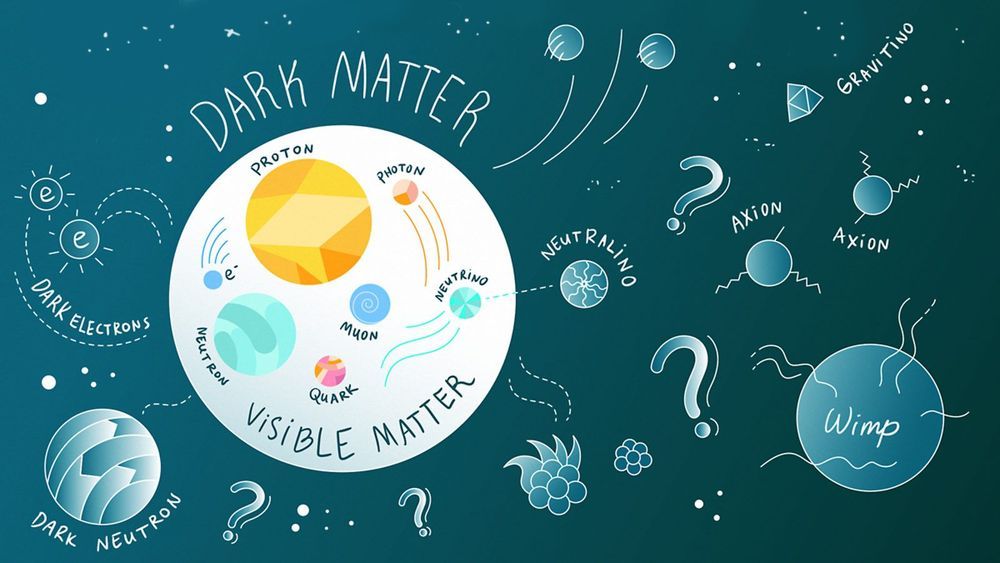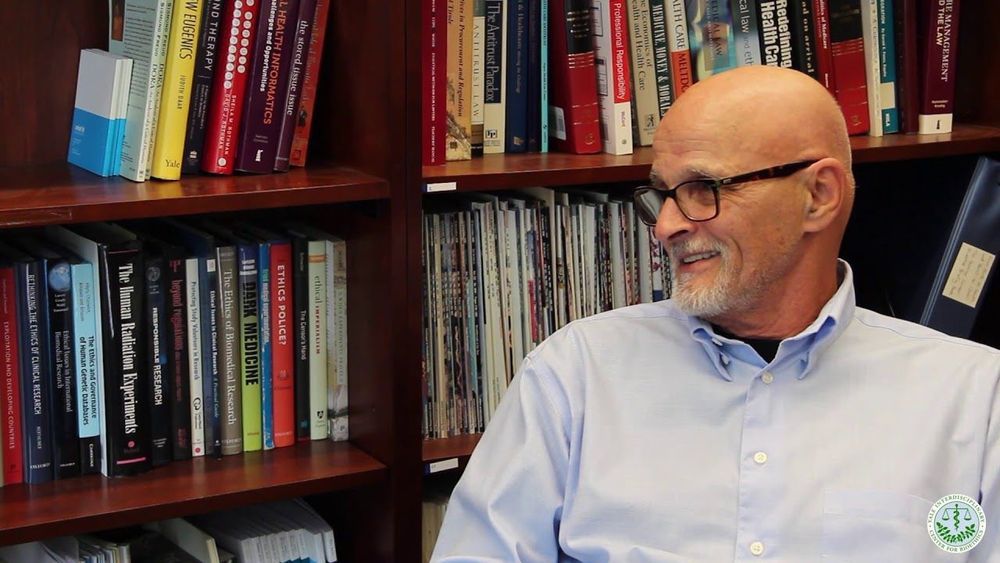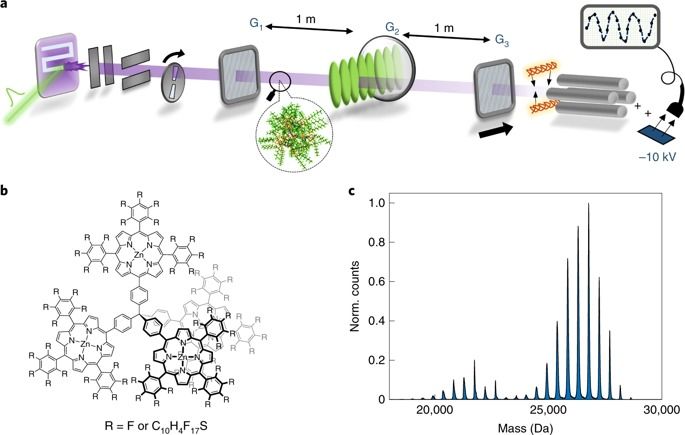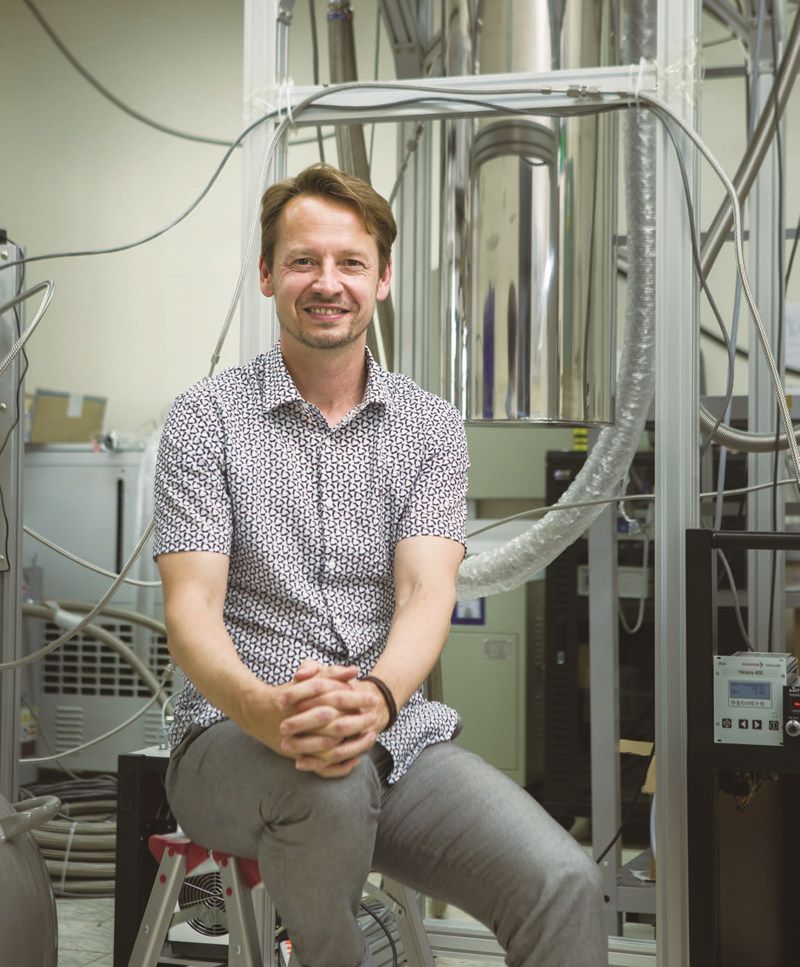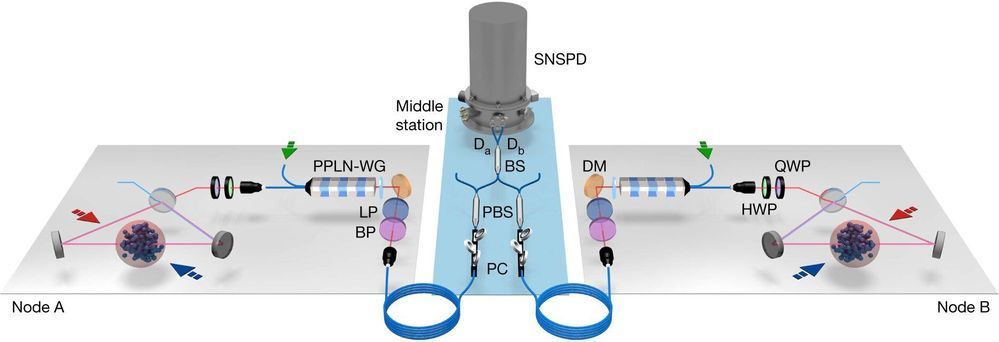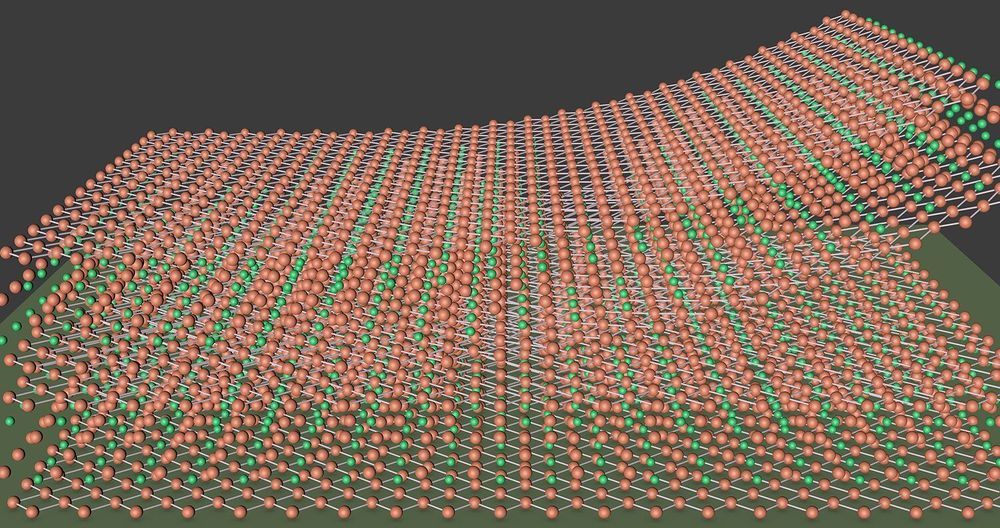Feb 21, 2020
Quantum Physicists “Hold” Individual Atoms in Place for First Time
Posted by Quinn Sena in categories: particle physics, quantum physics
Molecule Rules
The team even managed to observe two of three atoms collide to form a molecule — a process that has never been observed on this scale before. They were surprised at how long it took compared to previous experiments and calculations.
“By working at this molecular level, we now know more about how atoms collide and react with one another,” lead author and postdoc researcher Marvin Weyland said in a statement. “With development, this technique could provide a way to build and control single molecules of particular chemicals.”



